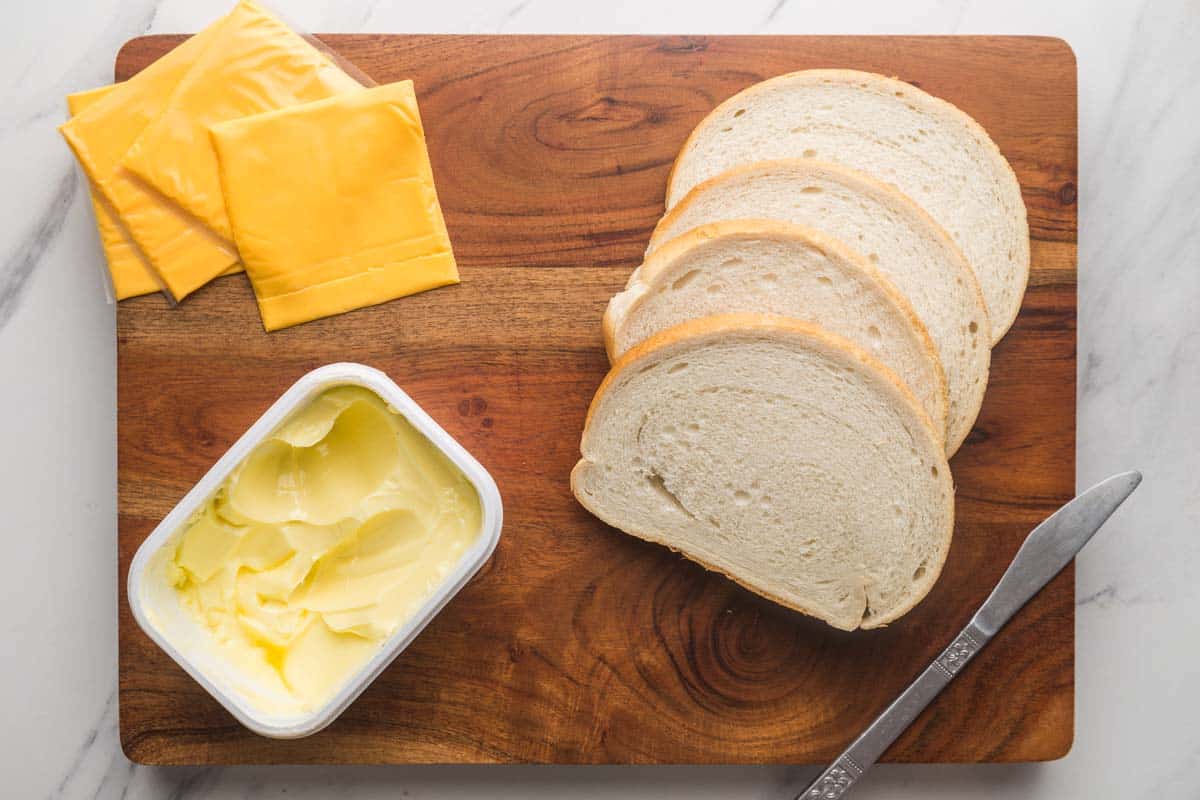Authentic Persian Bread Recipe: A Traditional Delight for Your Kitchen
Guide or Summary:Ingredients for Persian Bread RecipeStep-by-Step Instructions for Persian Bread Recipe Preparing the Dough Kneading the Dough Letting the D……
Guide or Summary:
- Ingredients for Persian Bread Recipe
- Step-by-Step Instructions for Persian Bread Recipe
- Preparing the Dough
- Kneading the Dough
- Letting the Dough Rise
- Shaping the Dough
- Baking the Bread
- Serving and Enjoying
- Tips for Perfect Persian Bread
If you're a culinary enthusiast looking to explore the rich and diverse world of Persian cuisine, then this Authentic Persian Bread Recipe is a must-try. Persian bread, known for its unique texture and flavor, is a staple in Iranian households and has been enjoyed for centuries. This detailed guide will walk you through the process of making this delightful bread from scratch, ensuring you capture the essence of Persian culinary tradition.
Ingredients for Persian Bread Recipe
To make this authentic Persian bread, you will need the following ingredients:
- 4 cups of all-purpose flour
- 1 tablespoon of salt
- 1 tablespoon of sugar
- 1 tablespoon of active dry yeast

- 1 and 1/2 cups of warm water
- 2 tablespoons of olive oil
Step-by-Step Instructions for Persian Bread Recipe
1. Preparing the Dough
Begin by dissolving the sugar in warm water. Add the active dry yeast to the mixture and let it sit for about 10 minutes, or until it becomes frothy. This step is crucial as it activates the yeast, which will help the dough rise.
In a large mixing bowl, combine the all-purpose flour and salt. Create a well in the center of the flour mixture and pour in the yeast mixture and olive oil. Mix until a dough forms.
2. Kneading the Dough
Transfer the dough to a lightly floured surface and knead for about 10 minutes, or until the dough becomes smooth and elastic. Kneading is an essential step in developing the gluten, which gives the bread its characteristic texture.
3. Letting the Dough Rise
Place the kneaded dough in a greased bowl, cover it with a damp cloth, and let it rise in a warm place for about 1 to 1.5 hours, or until it has doubled in size. The rising process allows the dough to develop its flavor and texture.
4. Shaping the Dough
Once the dough has risen, punch it down to release the air. Divide the dough into equal portions, depending on the size of the bread you desire. Roll each portion into a ball and then flatten it into an oval or round shape using a rolling pin.
5. Baking the Bread
Preheat your oven to 475°F (245°C). Place the shaped dough on a baking sheet lined with parchment paper. Before baking, you can create decorative patterns on the surface of the bread by lightly scoring it with a knife or using your fingers to create dimples.
Bake the bread in the preheated oven for about 10-12 minutes, or until it turns golden brown. The high temperature ensures a crispy crust while keeping the inside soft and fluffy.
6. Serving and Enjoying
Once the bread is baked, remove it from the oven and let it cool on a wire rack. Persian bread is best enjoyed fresh, but it can also be stored in an airtight container for a few days. Serve it with traditional Persian dishes such as kebabs, stews, or simply enjoy it with some butter and herbs.
Tips for Perfect Persian Bread
- Ensure your yeast is fresh and active. If the yeast does not froth during the activation step, it may be expired and should be replaced.
- Knead the dough thoroughly to develop the gluten, which is essential for the bread's texture.

- Allow the dough to rise in a warm, draft-free environment to ensure it doubles in size.
- Preheat your oven to the correct temperature before baking to achieve the perfect crust.
By following this Authentic Persian Bread Recipe, you can bring a piece of Persian culinary heritage into your kitchen. The process may require some time and patience, but the result is a delicious and aromatic bread that is well worth the effort. Enjoy the journey of making and savoring this traditional Persian delight!